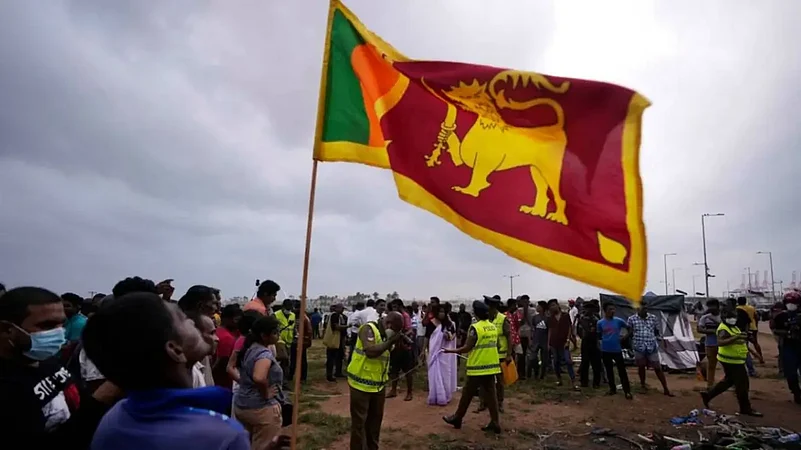After a year of load-shedding, Sri Lankans will get continuous power from Thursday, albeit with a hike in tariff in line with the conditions set by the IMF. The Sri Lankan government's move comes as the debt-hit country aims to secure a much-needed USD 2.9 billion tranche from the Washington-based global lender. President Ranil Wickremesinghe has directed officials to ensure an uninterrupted power supply to customers after the tariff revision is implemented, a statement from the President's Media Division said.
The state power entity said that the power cuts ranging from one to 14 hours from January last year would end on Thursday. A 66% tariff hike would be in effect, the second in the last six months. A 70 per cent rate increase was introduced in August last year. The government opted for a cost-reflective tariff plan as dictated by the International Monetary Fund (IMF), Energy Minister Kanchana Wijesekara said. “This will be a giant step in securing the IMF facility,” he said.
Advertisement
The island nation awaits the formal approval of the IMF for a USD 2.9 billion bailout package over four years as it aims to recover from its worst-ever economic crisis after announcing its first-ever default in April last year. The IMF has said that state energy entities Ceylon Electricity Board and the Ceylon Petroleum Corporation should not bank on the Treasury for cash injections to run their operations, Wijesekara said, adding that the exchequer had injected Rs 120 billion into the two institutions. “The treasury has no money to subsidise electricity,” he said. "With increased revenue, we will be able to buy the fuel necessary to ensure no power cuts,” Wijesekara said. Trade unions and the opposition parties have criticised the tariff hike and have vowed to organise joint protests to force the government to reduce the tariff. The long power cuts and shortage of essential commodities led to intense street protests, which forced the then-president Gotabaya Rajapaksa out of office. The debt-ridden country owes USD 51 billion in foreign debt, of which USD 28 billion must be paid by 2027.
Advertisement
There have been street protests in Sri Lanka against the government since early April last year due to its mishandling of the economic crisis. A crippling shortage of foreign reserves has led to long queues for fuel, cooking gas, and other essentials, while power cuts and soaring food prices have heaped misery on the people.















 Just one email a week
Just one email a week